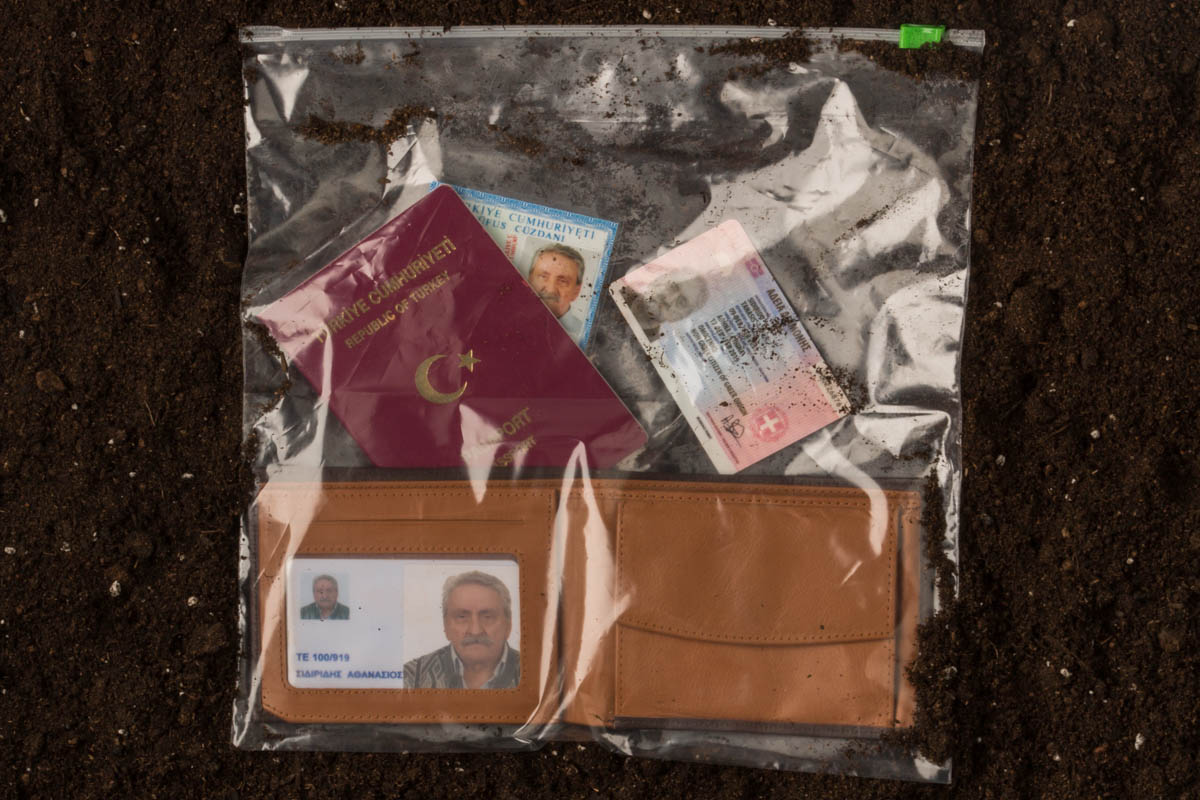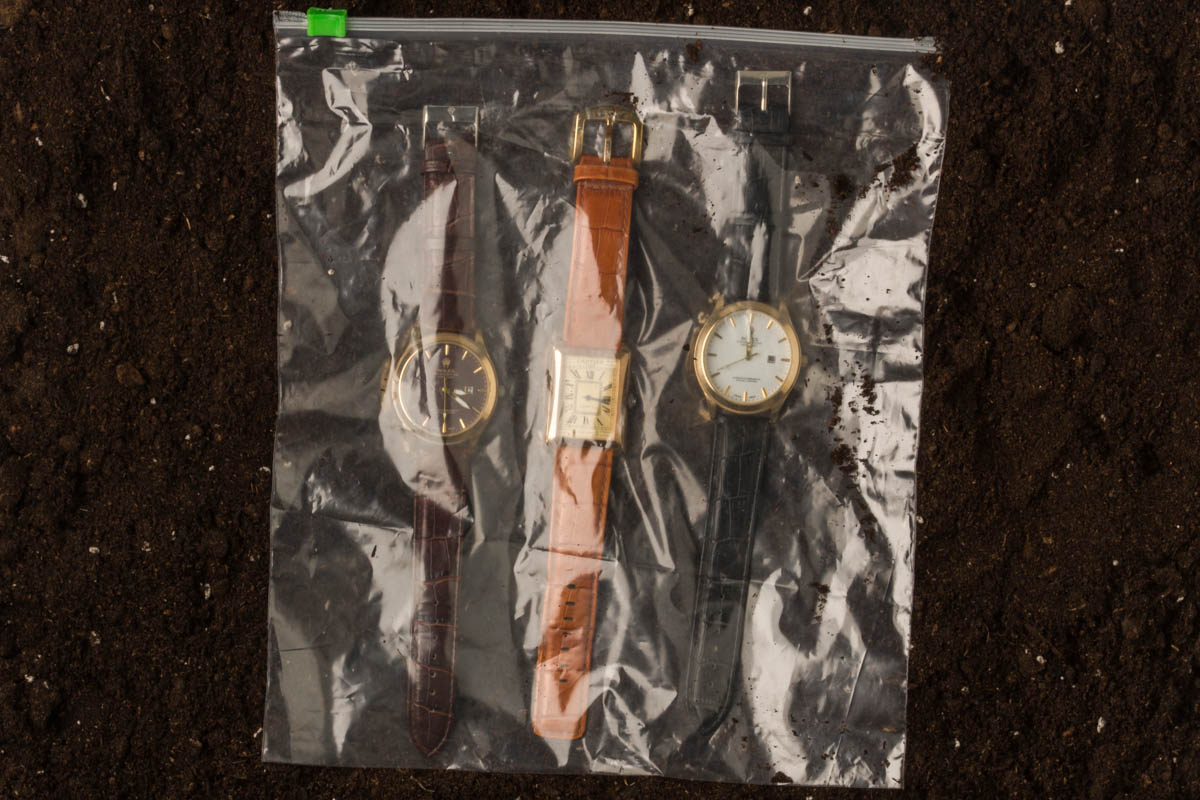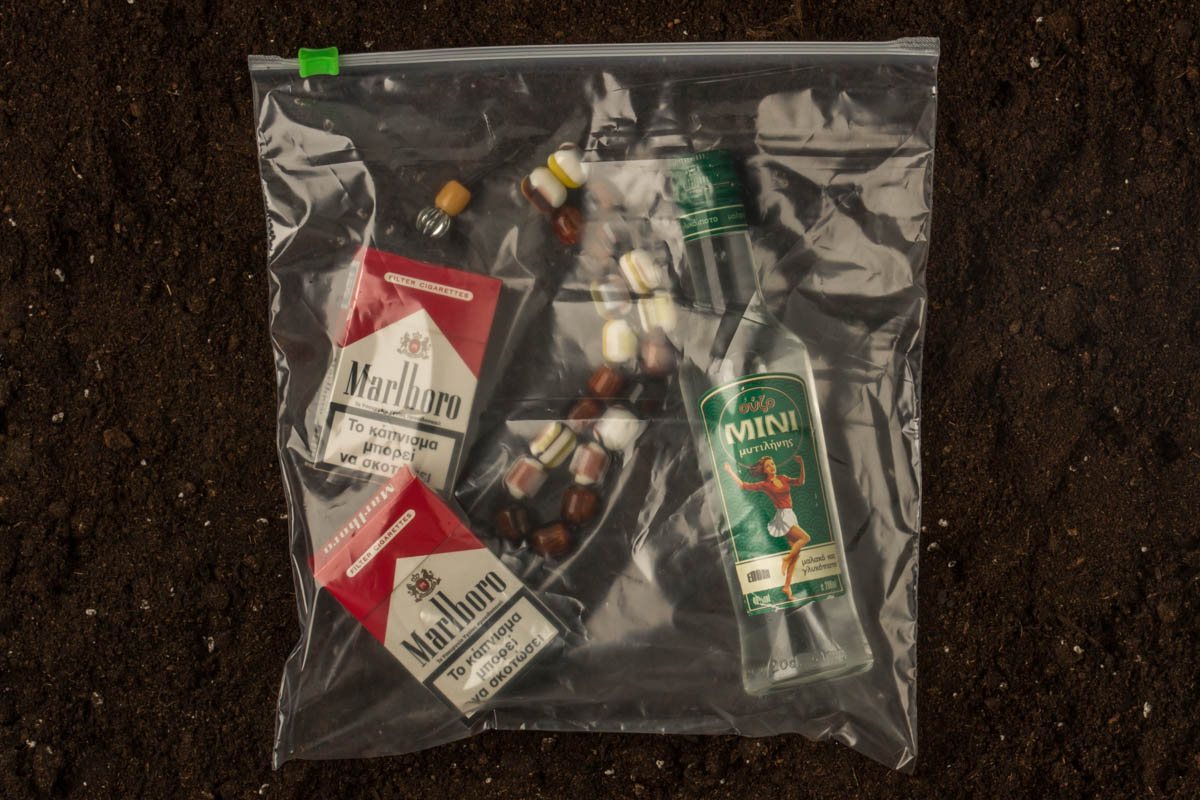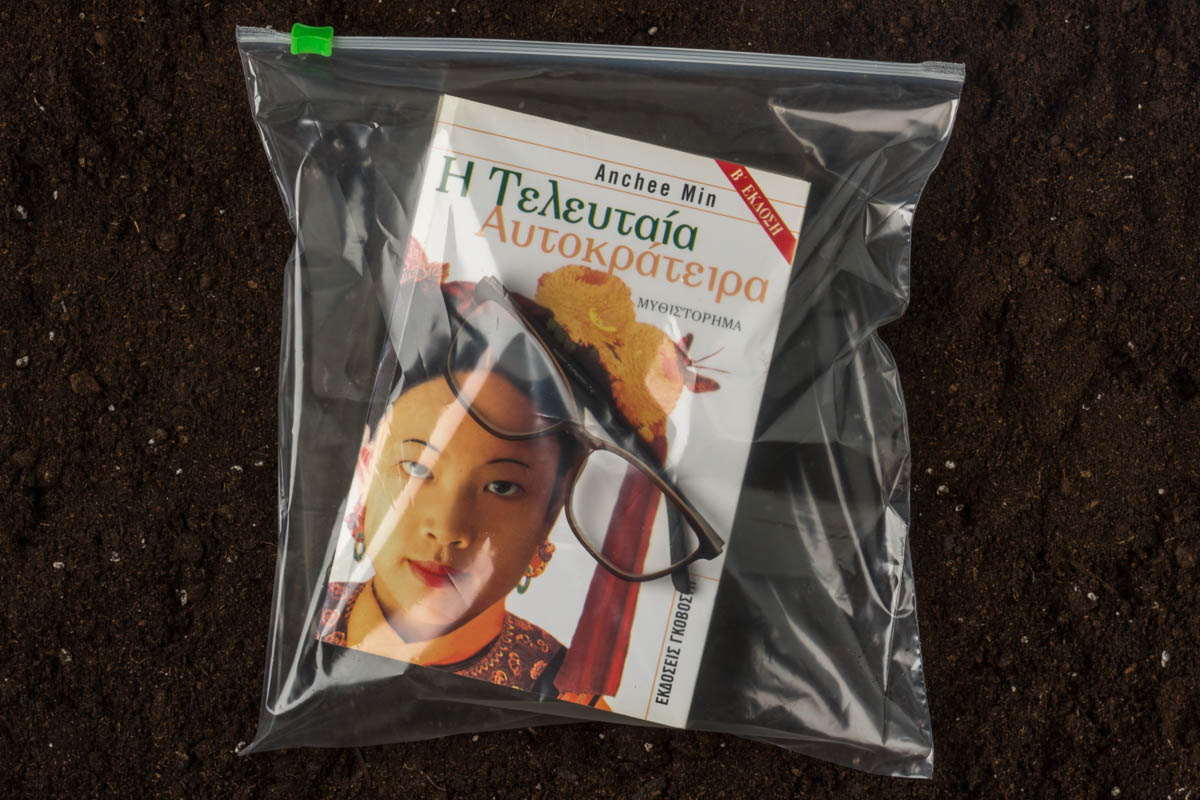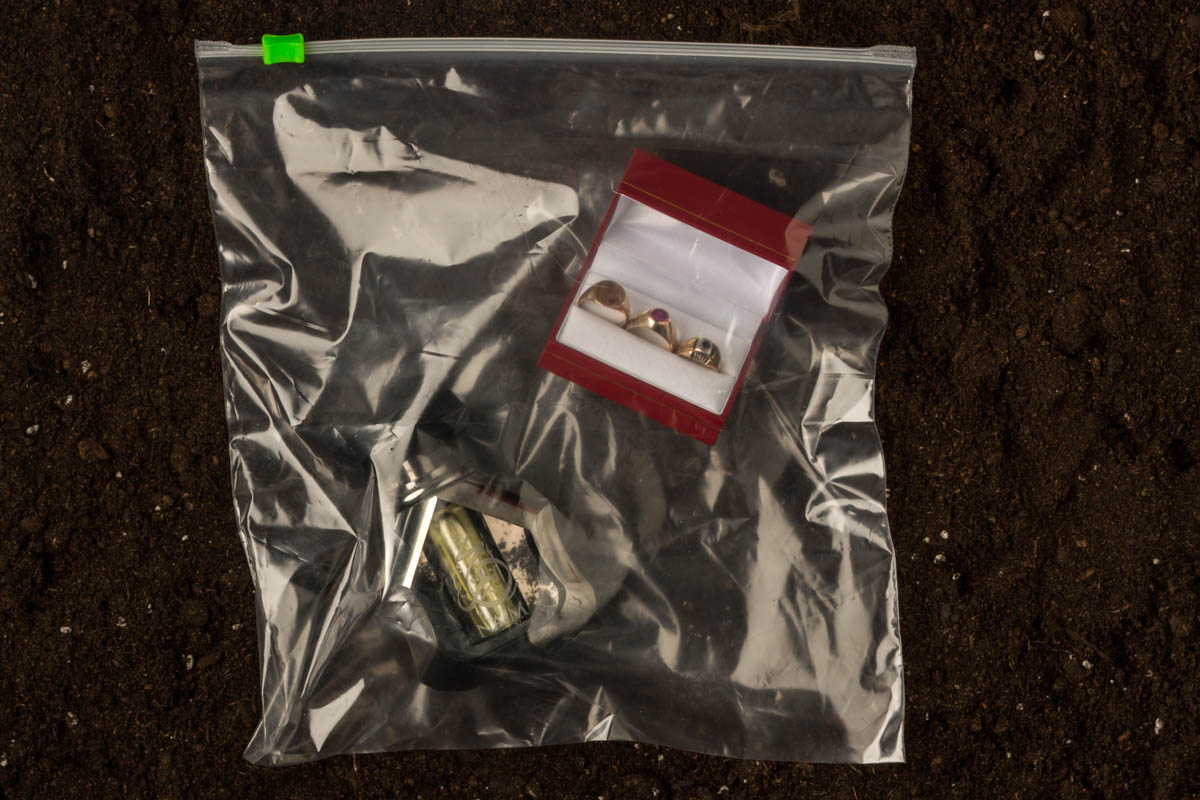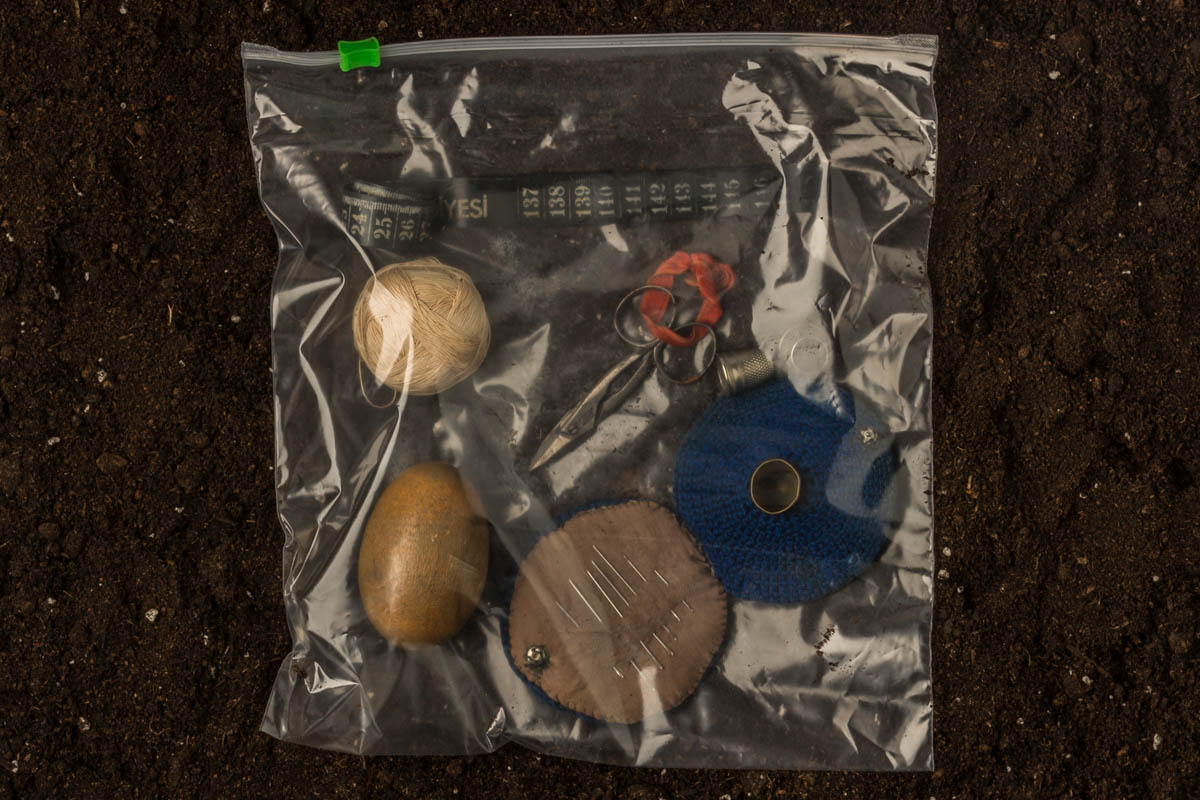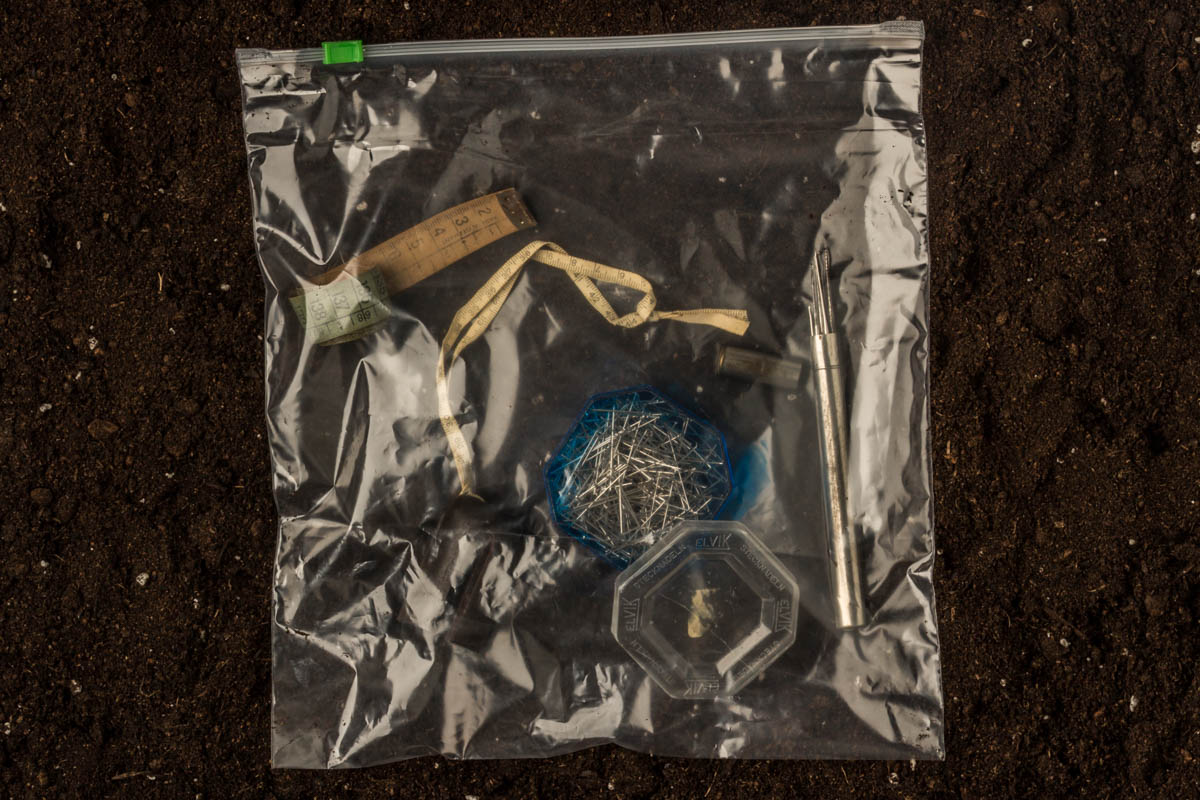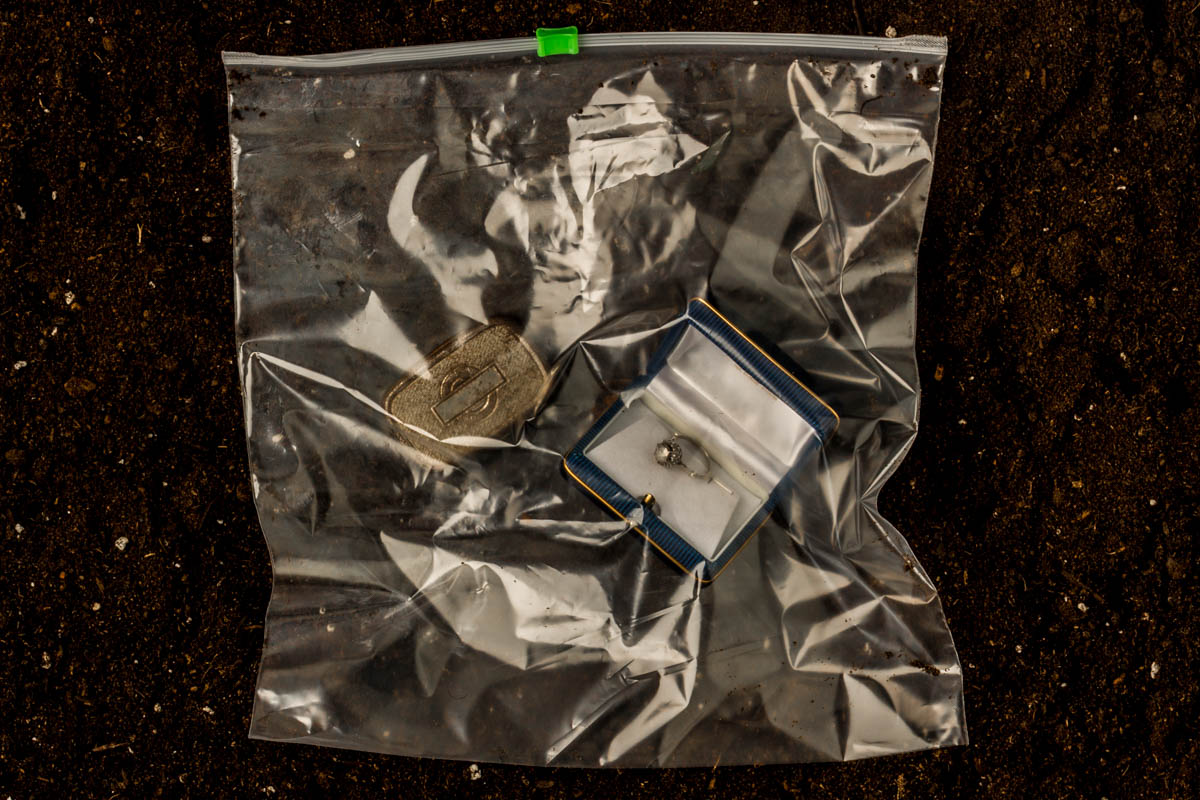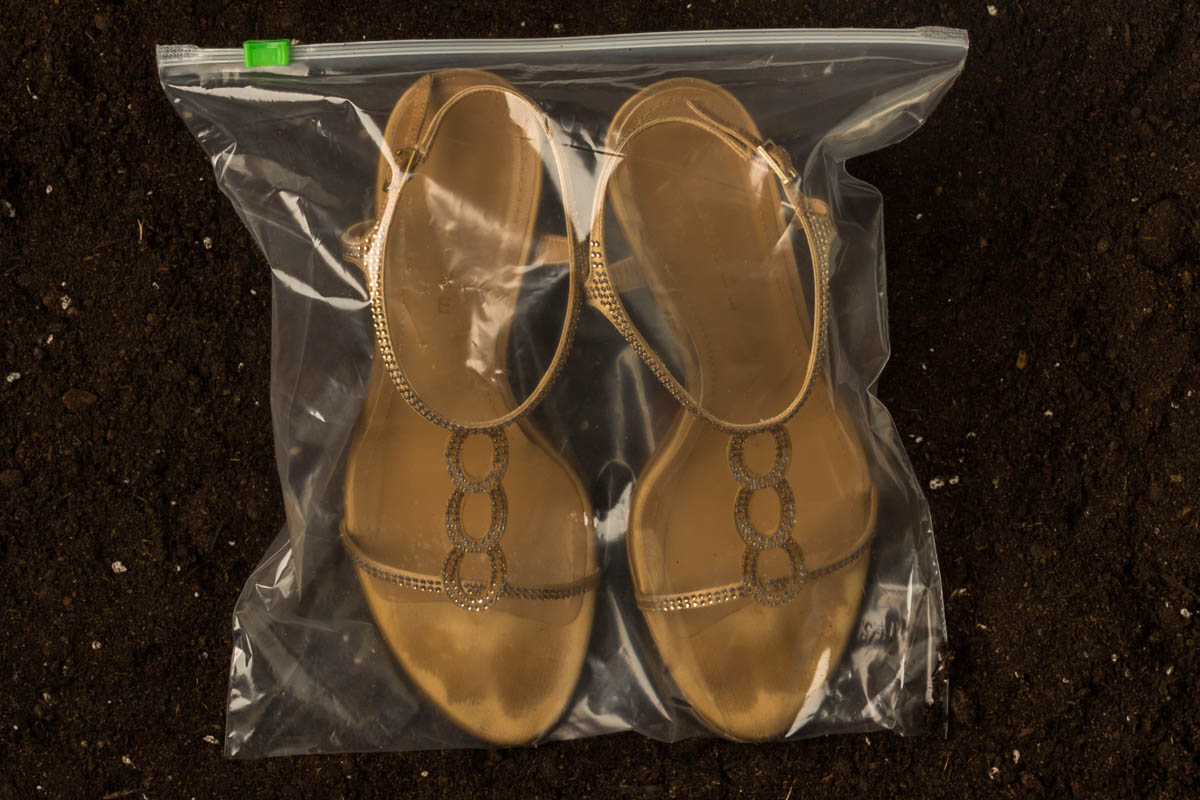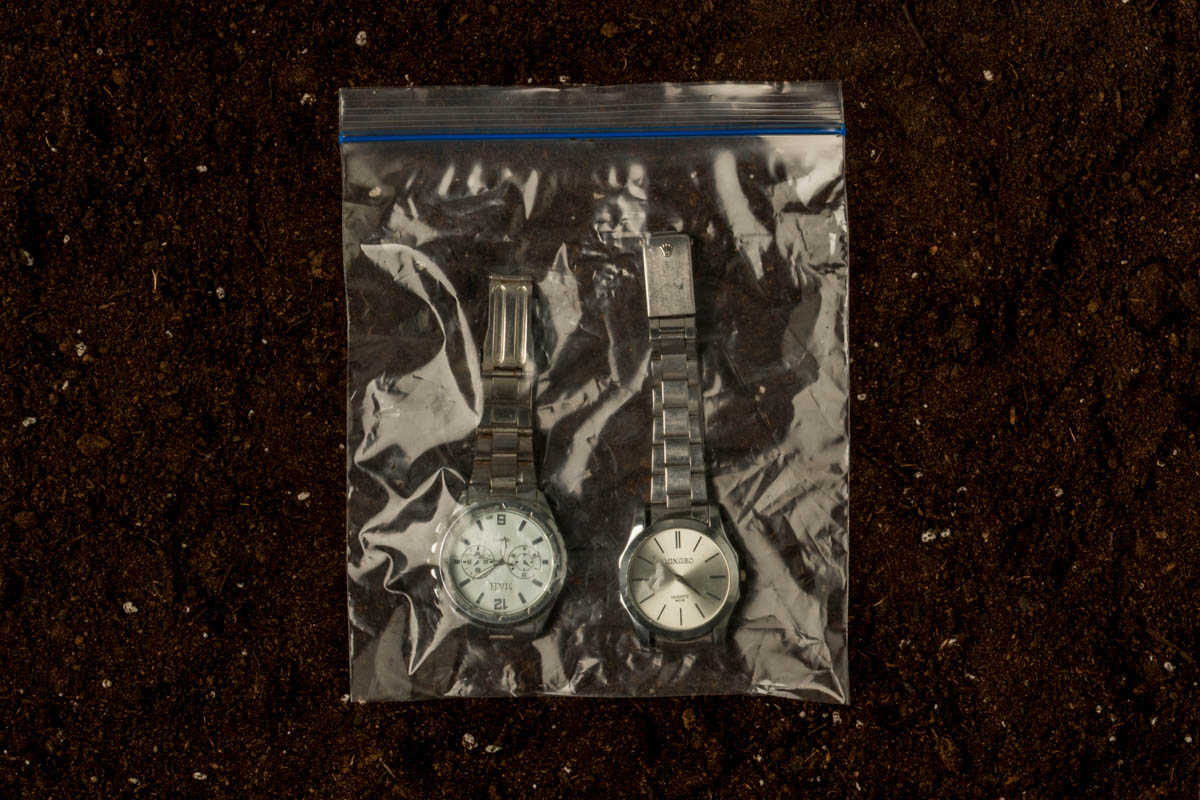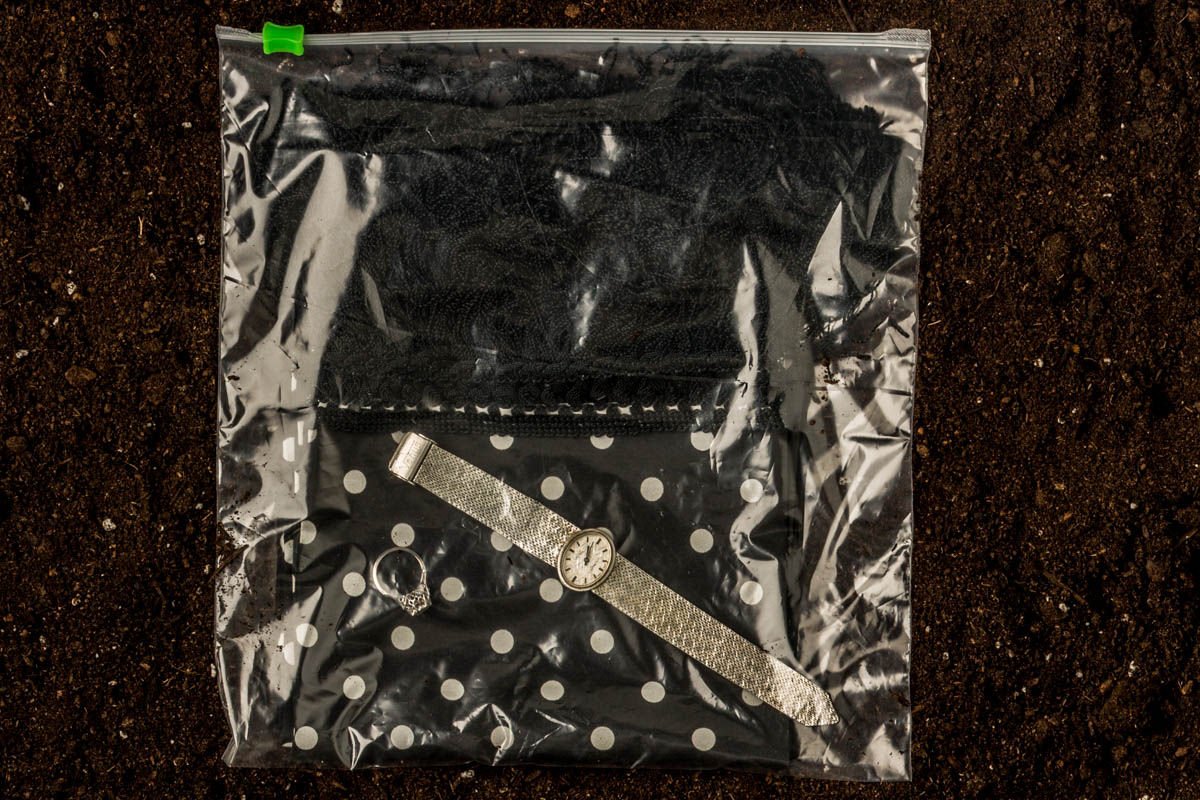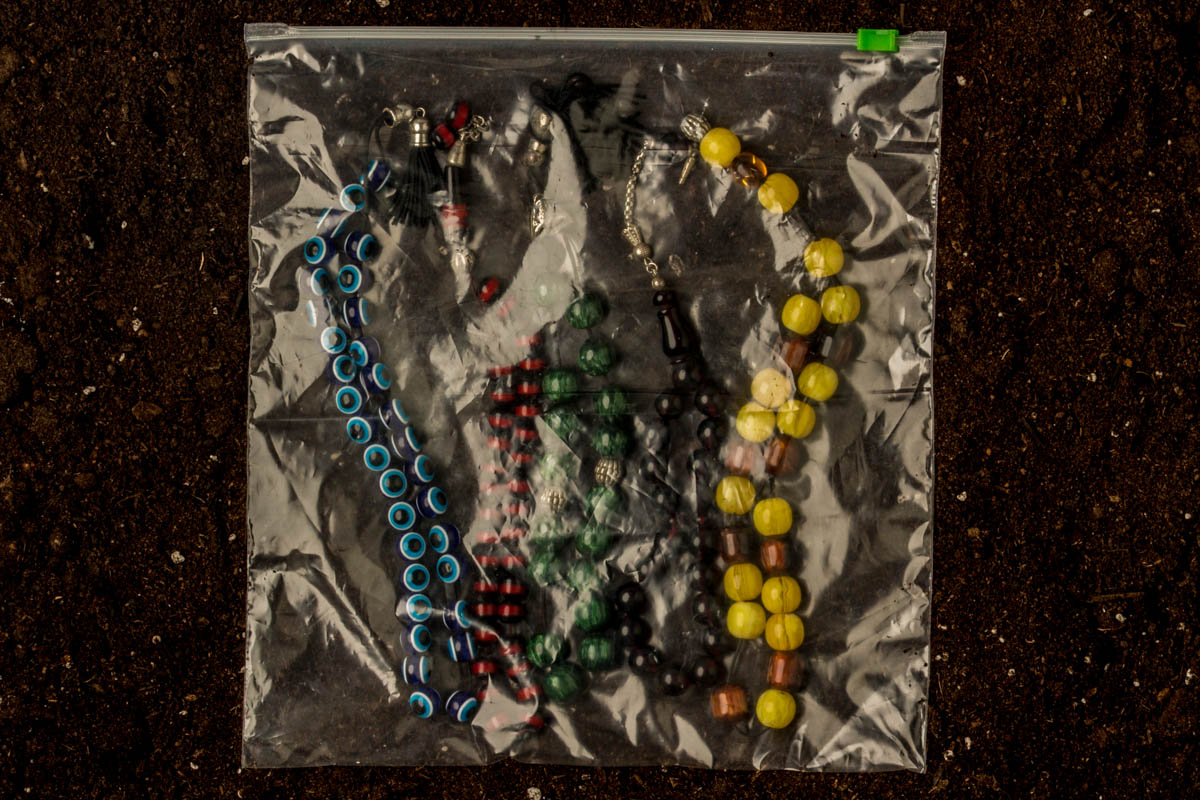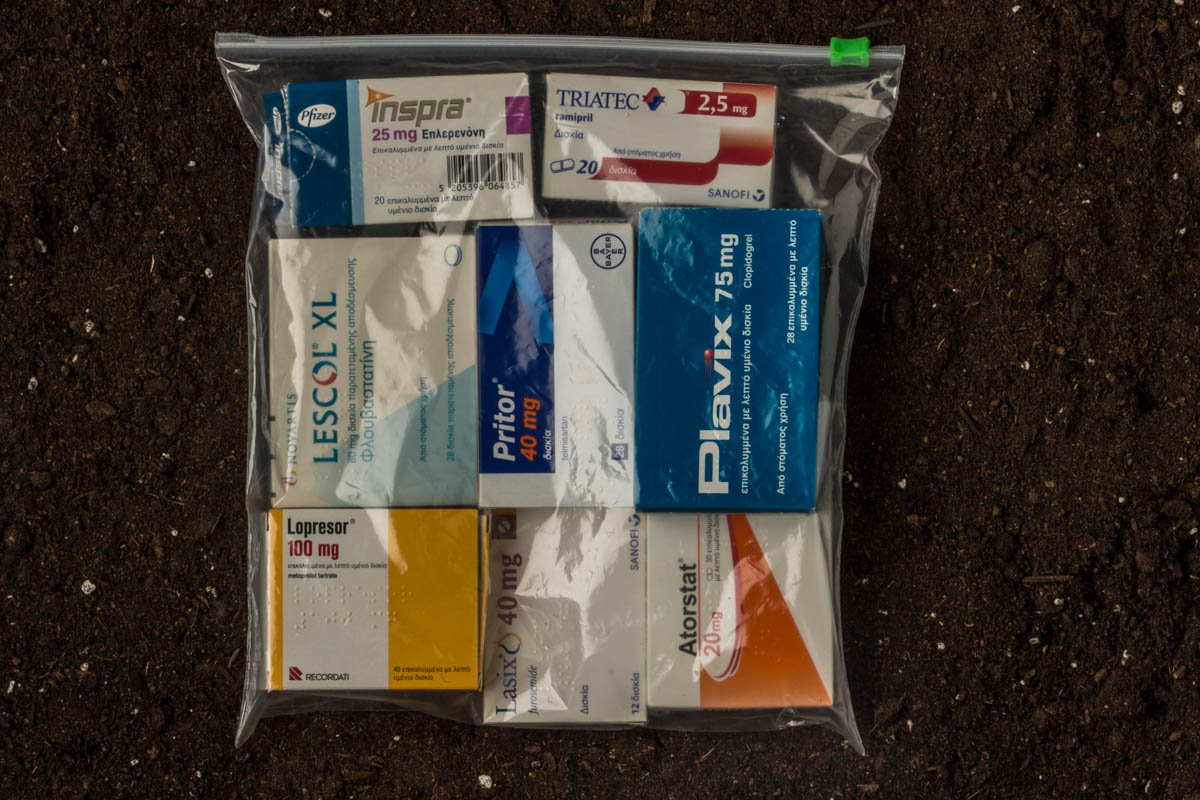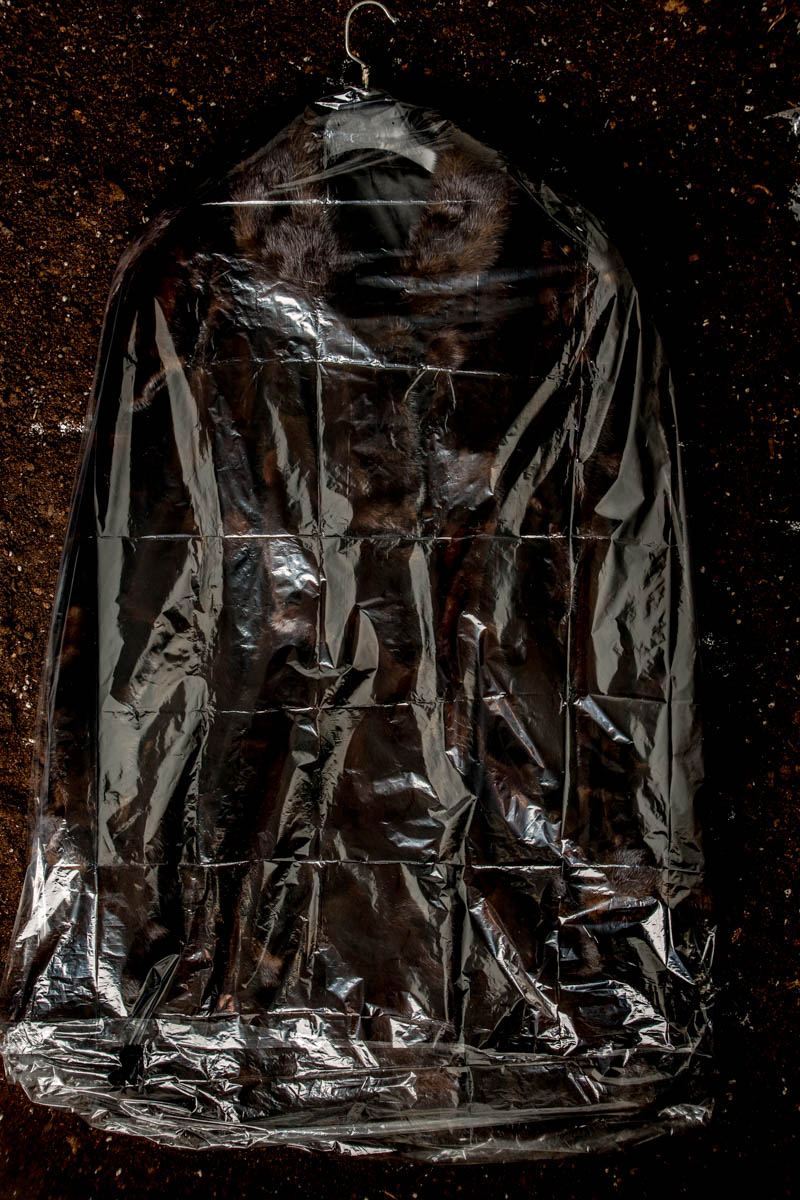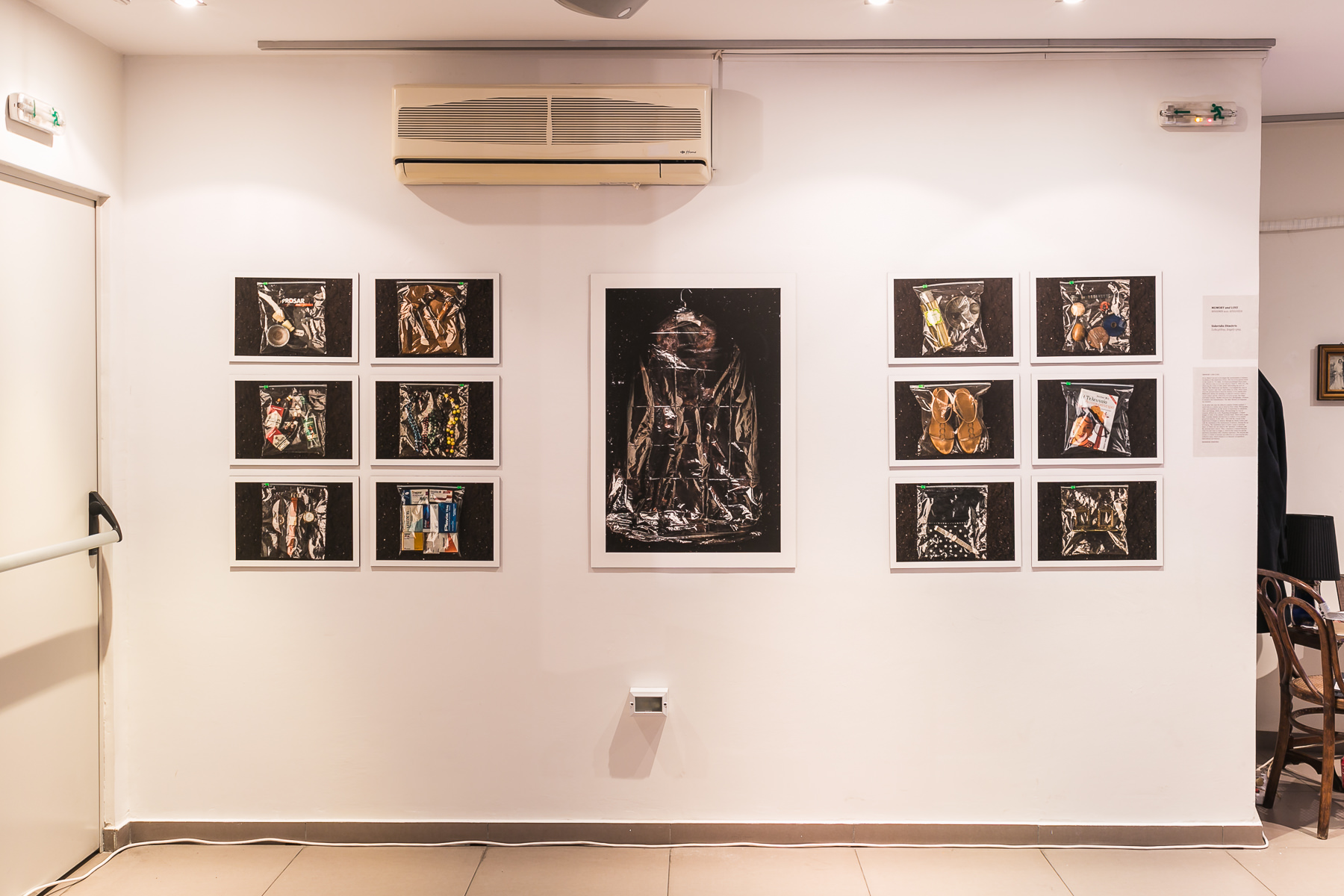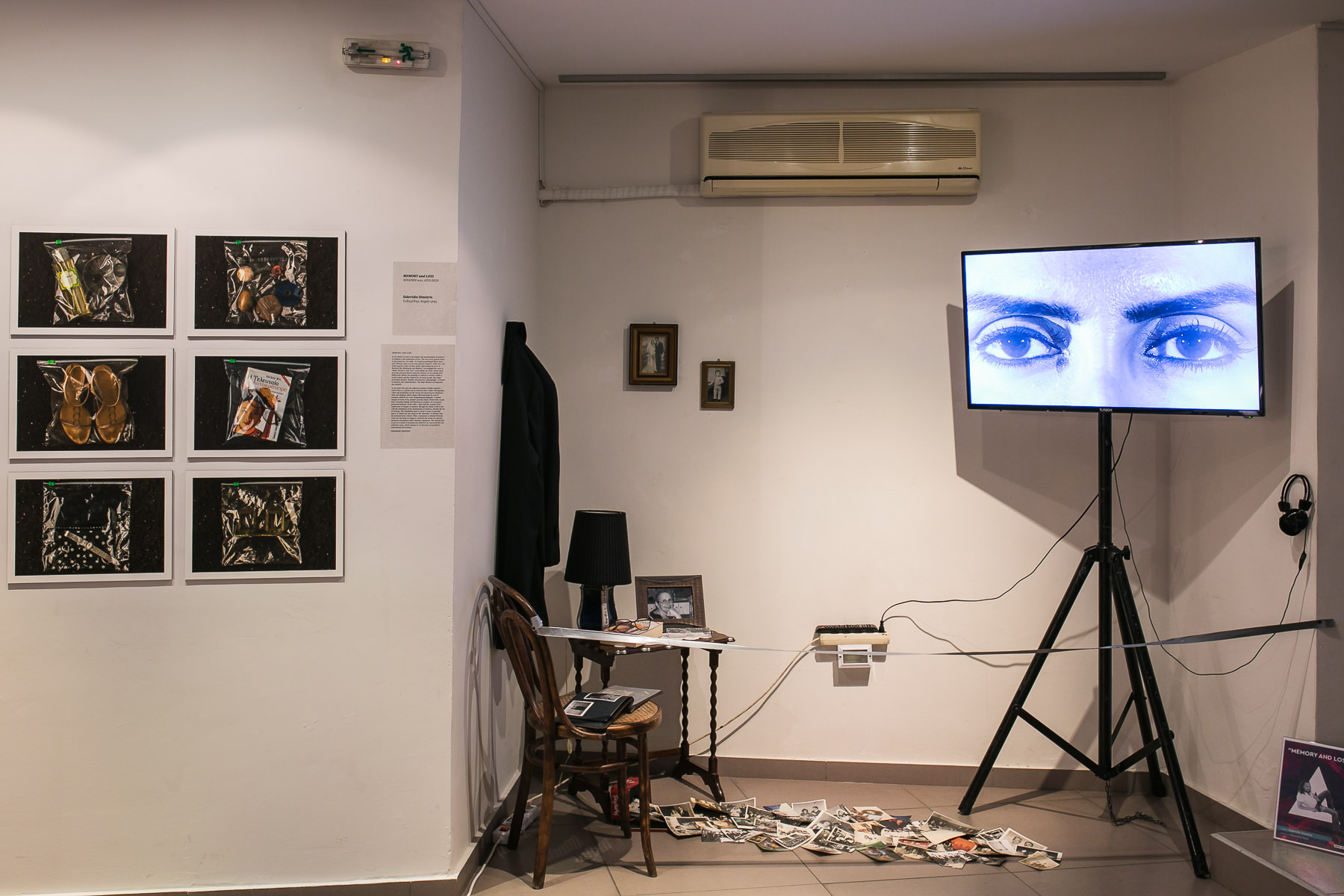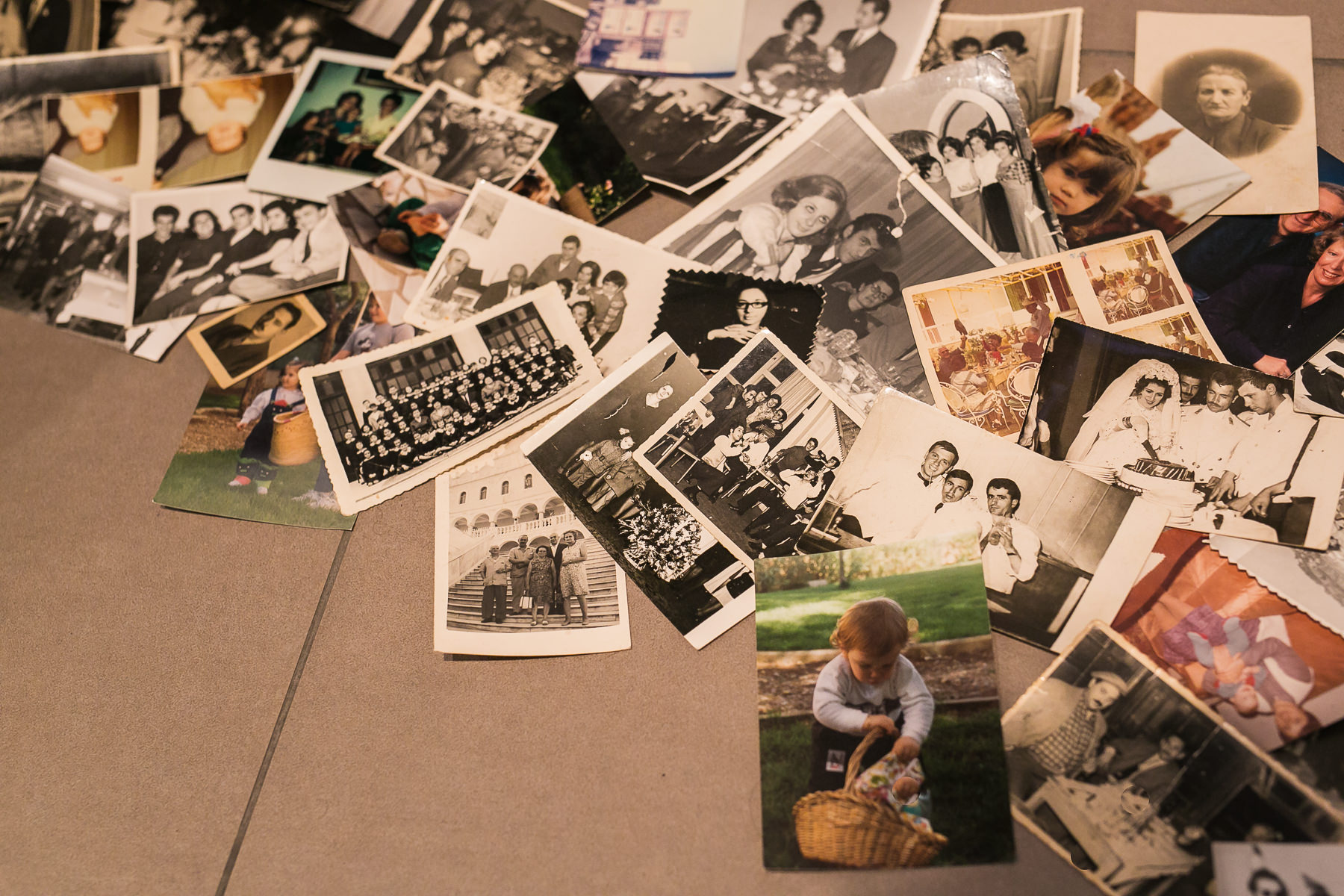In my thesis I set out to investigate the representation of memory in relation to the experience of loss. The loss of my parents stood as the reason for this study. As french psychologist Pierre Janet said, Memory aims to overcome absence (Janet P., 1928, 221). By observing the works of other artists’ and reading the texts of theorists like Halbwachs and Barthes, I investigated the ways in which “memory” and “loss” could define my work, which stems from the personal need to keep the memory of my parents alive. Halbwachs defines the meaning of collective memory within a social context and the collectivity of social groups, that shape individual memory. Barthes discusses how photography correlates to memory and rememberance. The latter theories accompanied my research.
As an artist who uses the reflective practice (Schön method), I acted both as a scholar and an observer from within. Photography, video and installation are the means of expressing my intentions, ideas and feelings which, along with knowledge by way of research, defined my work. Regarding photography, I created images of some of my parents’ personal items. These items escape their everyday identity and function as evidence of my parents’ preserved memory. In the video I deal with the concept of the impression of images on memory through my family archive and with the simulation of the mechanisms of memory, through the act of looking. The installation aims to create a sense of personal space, in which one can conceive the “presence” of absence that the personal items convey. Thus, a transition is realized between what was and what no longer is, between the actual loss and the spectators association with a familiar experience. The artwork that occurs, is a result of research and reflection on a personal but also collective issue, which remains in its character sociopolitical, intercultural and timeless.

